Can you build strong bones with… vegetables?
For many of us, when we think of calcium, our minds go to the classic “Got Milk?” advertisements, but we can get a surprising amount from many of the vegetables that are growing in our gardens.
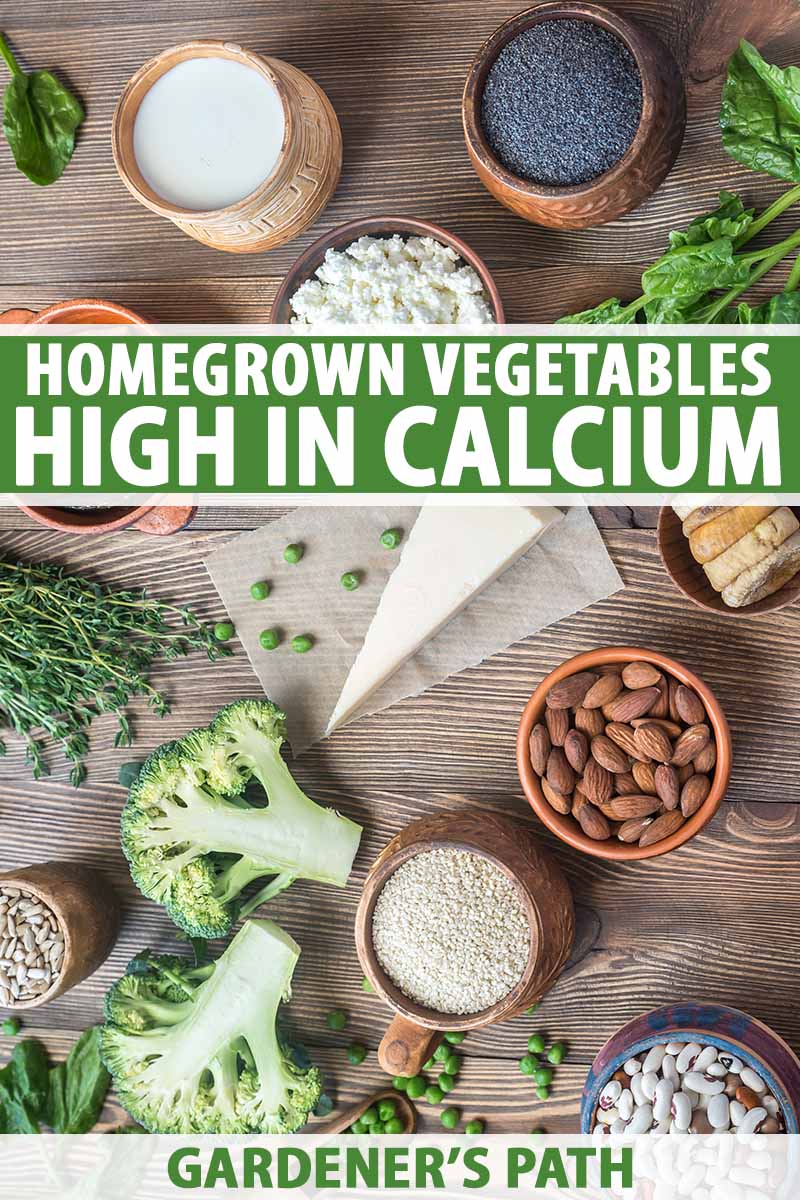
We link to vendors to help you find relevant products. If you buy from one of our links, we may earn a commission.
Want to learn more about plant-based sources of this essential nutrient? Here’s what we’ll cover:
What You’ll Learn
What Is Calcium?
Calcium is an essential mineral that we need to include in our diets every day. Of all of the minerals found in the body, calcium is the most abundant.
In the food that we eat, it comes mainly from dairy products and leafy greens.
Many processed food products – including soy milk and some types of flour – are fortified with calcium, making those good dietary choices as well.
In order for our bodies to be able to absorb and use the calcium we eat, vitamin D is also required. We get this vitamin from the sun, as well as foods like salmon, egg yolks, and mushrooms.
How It Works in the Body
What role does calcium play in the body? Let’s take a look!
Most of the calcium in our bodies is stored in our bones and teeth, and it provides structure and stability.
When the supply of available calcium in our blood serum is low, the body pulls from these stores in our bones to maintain healthy levels in the blood serum.
Our bones are constantly remodeled by losing calcium stores and then building them back up. As we age, the breakdown of calcium can exceed what is rebuilt, leading to health conditions like osteoporosis.
In our blood serum, calcium supports vein contraction and dilation, muscle contraction (including the beating of the heart!), signaling between cells, and hormone secretion.
Getting adequate amounts in our diets, especially during times of major growth like adolescence, can help to strengthen our calcium stores and prevent low bone mass, bone fractures, and other problems as we age.
The recommended dietary allowance for the average healthy 19 to 50-year-old adult is 1,000 milligrams per day. Healthy females age 50 and up need 1,200 milligrams per day to help maintain their teeth and bones.
Potential Health Benefits
In addition to bone health and support for our muscle function, getting adequate amounts of calcium can bring several other health benefits.
It may help to lower systolic blood pressure, and possibly cholesterol levels as well. More research needs to be done, but recent studies have shown that it can be beneficial.
Higher doses during pregnancy may help to prevent preeclampsia (high blood pressure during pregnancy) and preterm birth.
Again, more research needs to be conducted with more conclusive findings, but reports so far look promising.
Vegetable Sources of Calcium
Luckily, it’s simple to get the recommended daily dose from dietary sources – even in your own vegetable garden!
Here are five of the top plant-based sources of calcium that you can grow yourself, starting with my favorite pick that offers the biggest nutritional punch per serving.
1. Spinach
These tender leaves of spinach, Spinacia oleracea, are one of the richest sources of calcium you can find in the vegetable garden.
One half-cup serving of cooked greens offers 121 milligrams, 12 percent of the daily value. Sauteing rather than boiling will help to retain more of the nutrients.
‘Bloomsdale Long Standing’ Spinach
If you’re planning to grow your own spinach, check out the ‘Bloomsdale Long Standing’ variety.
This cultivar yields large leaves with a rich green color, and they are packed with nutrients!
Seeds in a variety of packet sizes are available from Eden Brothers.
Read more about growing your own spinach here.
2. Turnip Greens
Staying in the leafy greens category, turnip greens, Brassica rapa subsp. rapa, also provide a decent amount of calcium – 99 milligrams per cooked half cup serving, nearly 10 percent of the recommended daily value.
Learn more about the nutritional benefits of turnip tops here.
Since it’s the greens we’re after in this case, I recommend ‘Seven Top,’ a cultivar that was bred specifically for its green leafy foliage rather than the roots.
Seeds are available in a variety of packet sizes from Eden Brothers.
Check out our guide to learn how to grow turnips. It’s relatively simple, and super rewarding!
3. Bok Choy
For a different flavor and texture, try bok choy, Brassica rapa subsp. chinensis, also known as pak choi or Chinese cabbage.
It’s an excellent option to use raw in slaws or salads when you’re looking for a milder cabbage flavor, and it’s excellent cooked in soups and stir fries as well.
One cup of raw shredded bok choy contains 70 milligrams, which is 7 percent of the recommended daily value, one cup cooked provides over double the amount: 150 milligrams or 15 percent of the daily value.
Because it grows quickly, it makes a nice addition to the garden when you’re waiting for other crops that are slower to mature. ‘White Choi’ is a cultivar that’s ready to harvest in only 30 days.
You can purchase seeds in a variety of packet sizes from Burpee.
Learn how to grow bok choy in this guide.
4. Edamame
Soybeans and soy products are superb choices, especially for vegetarians, vegans, and others who do not consume dairy.
High in plant-based protein, soy also contains a significant amount of calcium. One half cup of shelled edamame provides 48 milligrams, nearly 5 percent of the daily value.

Want to grow your own? Edamame is ready to harvest in just 60 days, and the pods are perfect for snacking. Seeds are available from Isla’s Garden Seeds via Amazon.
5. Broccoli
Rounding out my list of top sources, we have broccoli, Brassica oleracea var. italica, the beloved cruciferous vegetable.
One half cup of cooked broccoli stalks offers 31 milligrams of calcium or 3 percent of the daily value, while the same quantity of florets yields 21 milligrams or 2 percent of the daily value.
Rather than discarding those stems and stalks, I suggest including both in your meals to maximize your intake of the nutritional benefits that broccoli has to offer.
Tougher stems can be peeled and finely chopped before tossing them in with the florets and other veggies in roasts and sautees.
‘Waltham 29’ can tolerate cooler temperatures while still offering delicious flavor.
Seeds are available from Eden Brothers.
Check out our guide to growing broccoli to learn more.
Grow Your Own Delicious Sources of Calcium
With these homegrown veggies on your plate, in combination with dairy products or fortified milk alternatives, you will be able to hit your calcium goals – no problem.
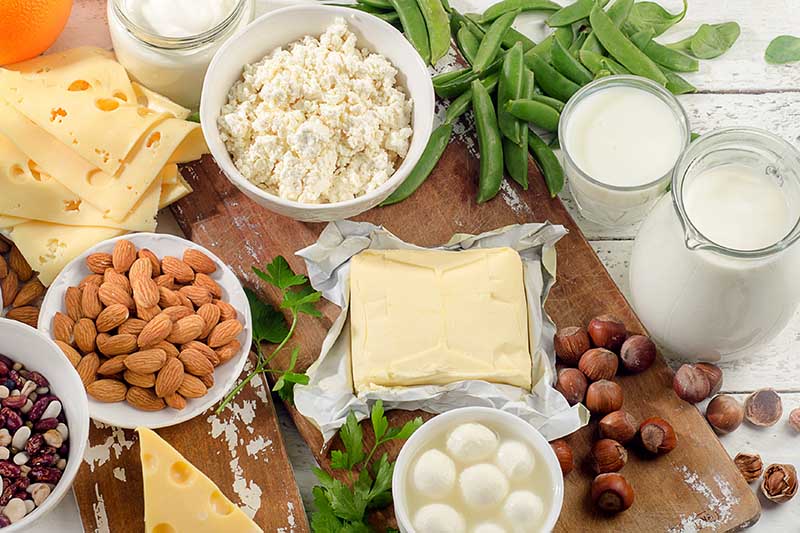
This powerful mineral helps to keep our bodies strong and functioning properly, and plant-based sources can play a huge role in meeting our nutritional needs.
How do you get in your daily calcium? Are you growing any of the top veggie sources? Let me know in the comments section below!
If you are ready to learn more about the nutrients you can grow in your vegetable garden, give these articles a read next:
- The Best Homegrown Vegetables High in Vitamin A
- What Vegetables Are High in Iron?
- Get Your Daily Dose of B Vitamins with These Homegrown Vegetables
© Ask the Experts, LLC. ALL RIGHTS RESERVED. See our TOS for more details. Product photos via Burpee, David’s Garden Seeds, and Eden Brothers. Uncredited photos: Shutterstock. With additional writing and editing by Allison Sidhu.
The contents of this article have been reviewed and verified by a registered dietitian for informational purposes only. This article should not be construed as personalized or professional medical advice. Gardener’s Path and Ask the Experts, LLC assume no liability for the use or misuse of the material presented above. Always consult with a medical professional before changing your diet, or using supplements or manufactured or natural medications.
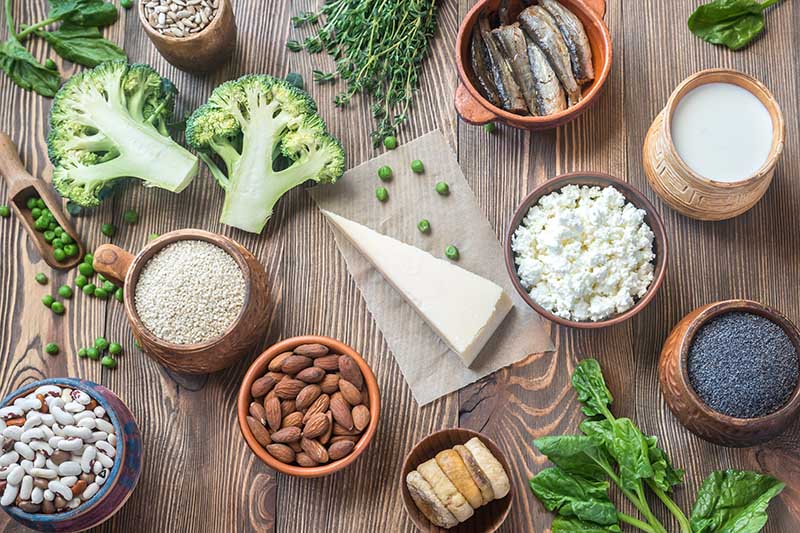
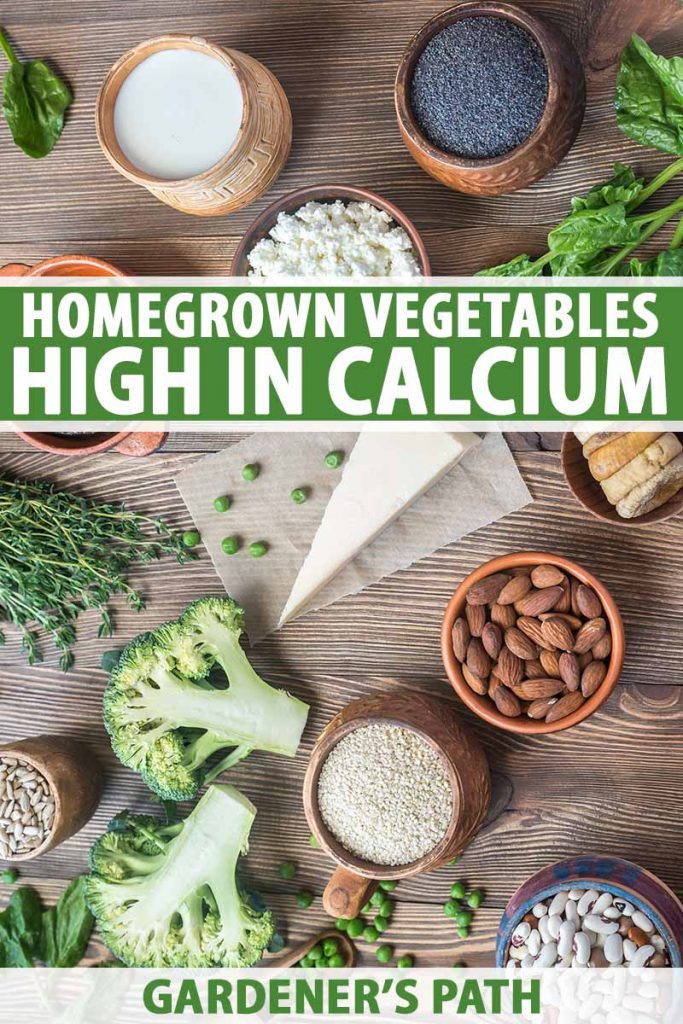
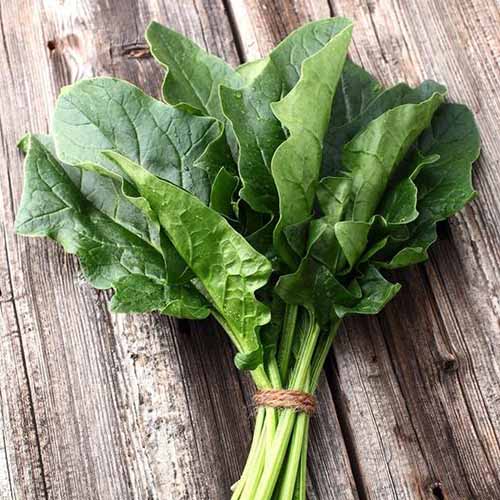
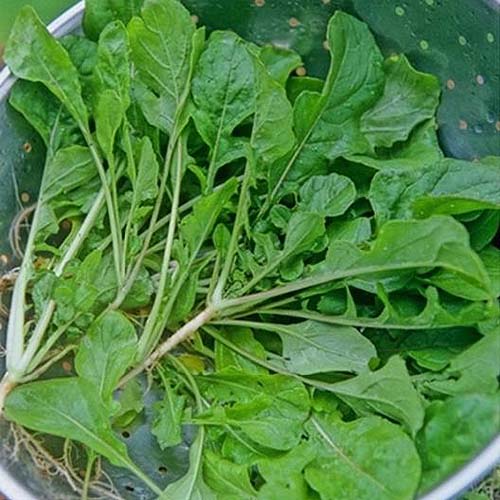
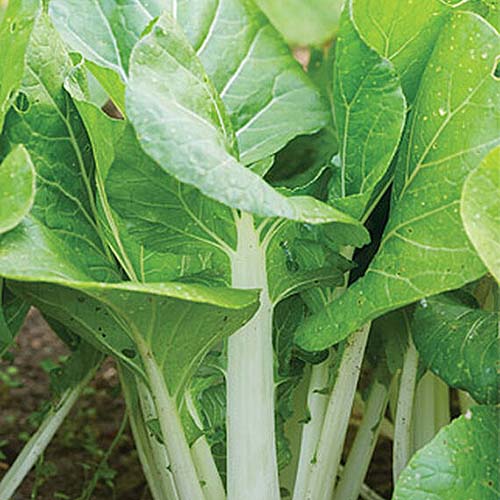

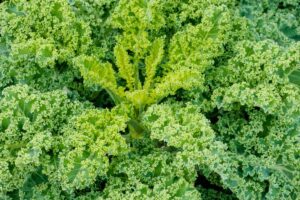

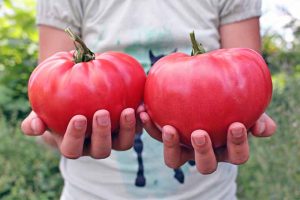
Difficult to find what veg contains in the way of vitamins. Different companies say different amounts depending who is financially supporting them. This seems more close to correct info.
Thanks for reading, Patsy. Nutrition Facts are actually regulated by the FDA in the US, though you’re right that some sources purporting to provide nutritional information may not rely on factual data and nutrition research to back up their claims. It’s also true that the FDA data provided is based on averages derived in lab testing and the actual nutritional makeup of whole foods like vegetables depends in part on freshness and the conditions in which they were grown. Certain vitamins begin to break down when heat is applied in cooking as well, and those that are fat-soluble become more… Read more »
Spinach contains a lot of oxalic acid, so the calcium is not very bioavailable. Peter to replace it on this list with collard greens.
“Better” not Peter!^